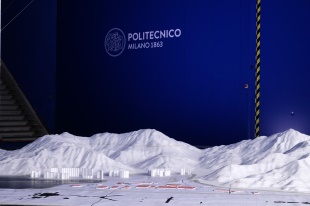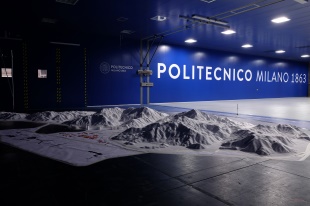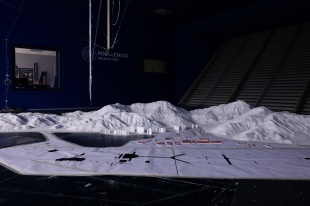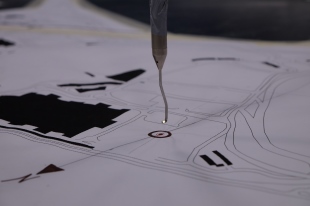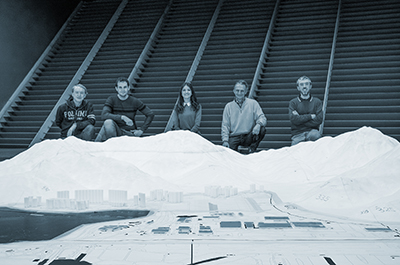
The design of civil structures must include the effects induced by the action of the wind. This aspect becomes even more relevant when referring to certain locations sensitive to severe events, such as tornadoes or typhoons. In these cases, the structural design must rely on a detailed knowledge of the wind characteristics expected in the construction site. To this purpose, the Wind Engineering DMEC group was in charge of the investigation of the wind characteristics for the “New Asia World Expo” project, a new exhibition area for the Hong Kong city. This will be built next to the Hong Kong airport and will consist of two main buildings for a total area of approximately 44000m2. When referring to wind characteristics, the Hong Kong region is affected by typhoons. In addition, due to its peculiar orography, characterized by large mountainous regions, it exhibits a strong dependency on the incoming wind direction. In fact, if the wind characteristics are relatively uniform in open field, these can change significantly when referring to mountainous territories.
For the definition of the specific wind characteristics of the construction site, a topographic study was therefore opted for, coordinated by Prof. Alberto Zasso, which was carried out at the Politecnico di Milano Wind Tunnel. The large dimensions of the boundary layer test section allowed to reproduce an area of approximately 500 km2 around the airport area, with a geometric scale of 1: 2000, while keeping the blockage effects low. Specifically, all the hills of the area were reproduced, as well as the most important buildings of the airport and those of the city of Hong Kong. During the tests in the wind tunnel, mean wind speed profiles and turbulence intensity were measured varying the angle of attack.
The results showed that winds from the South and from the North - East are those characterized by the highest levels of turbulence that can exceed 20%. On the other hand, the more "open" exposures were affected by lower turbulence intensities and smaller velocity gradients with height. The results obtained from the topographic tests will then be used as input for the following phases of the research, where the attention will be focused on the estimation of the pressure loads induced by the wind on the buildings of the New Asia World Expo.

